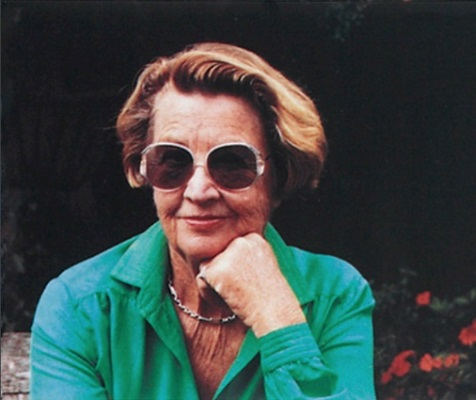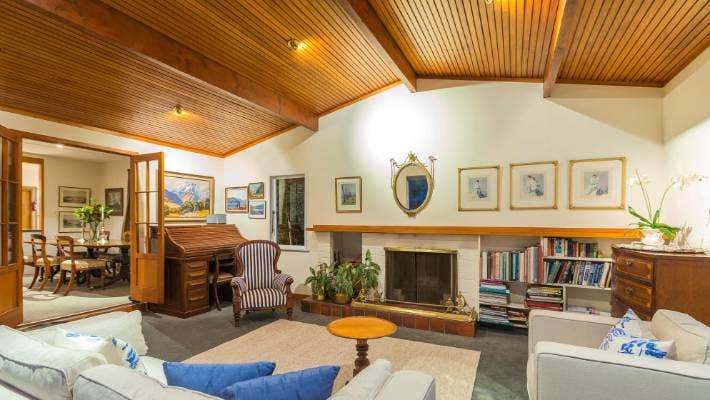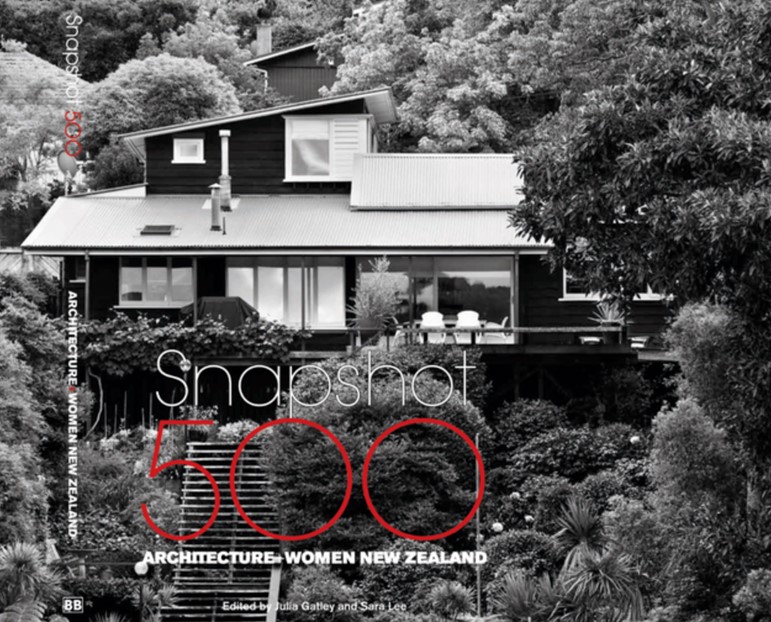Lillian Chrystall (Architects of Remuera) – A very inspiring and influential architect
Lillian Chrystall was an exceptionally gifted award-winning architect, born 1 March 1926 to Robert and Lillian Laidlaw, the youngest of three children. Her father was a wealthy businessman and was part founder/owner of the Farmers Trading Company Ltd. After graduating Lillian became the first woman on the University of Auckland staff, working alongside senior lecturer Vernon Brown, and taught second-year students.
Lillian Chrystall was an exceptionally gifted award-winning architect, born 1 March 1926 to Robert and Lillian Laidlaw, the youngest of three children. Her father was a wealthy businessman and was part founder/owner of the Farmers Trading Company Ltd and honoured in 1946 with an MBE for wartime services, the Coronation Medal in 1953 and made a CBE for community services in 1955.[1] Lillian followed in her father’s footsteps and was awarded an OBE in 1989, for Public Services and volunteered her time in organisations such as Zonta Club[2] and Odyssey House.
Growing up in Herne Bay Lillian attending Bayfield School and Auckland Girls’ Grammar School and was accepted into the University of Auckland (UoA) School of Architecture as one of only five women, with an all-male staff. During the university holidays Lillian worked for Massey Beatson Rixtrot Architects[3], an architectural practice awarded three NZIA Bronze Awards for the best New Zealand house, including Massey House, 452A Remuera Road. After graduating Lillian became the first woman on the UoA staff, working alongside senior lecturer Vernon Brown, and taught second-year students.
Lillian travelled overseas in 1950 and worked for the Hungarian architect Erno Goldfinger in London, and Andre Sive in France who designed low cost housing, for two years. On her return to New Zealand she established Lillian Laidlaw Architects and designed warehouses and office blocks for Lincoln Toys, her brother’s business, and a home for her parents. Lillian also designed The Laidlaw House for her parents in Taupo which was reviewed In Home and Building in March 1954, together with a brief expose about her upbringing, education and travel. These early family commissions and publicity greatly assisted her in establishing a career in architecture.
In 1955 she married her employee David Chrystall and lived for many years at Airedale Street, central Auckland with their three children. Chrystall Architects was formed in the late 1950s but David and Lillian worked separately on both commercial and residential buildings and ‘community-focussed buildings such as sheltered workshops, school buildings and kindergartens.’[4] Lillian stated in 2019, ‘Initially we started to work together, but fairly quickly it became obvious that we had different approaches and therefore it worked better if we worked separately, and we did.’[5]
The 1960s was a very productive decade for Lillian designing many commercial builds, such as the ASB Bank, Pukekohe and residential builds including 76 Hapua Street in Remuera.
Lillian also designed the award-winning Yock House, 119 Ngapuhi Road in Remuera. The NZIA awarded a Bronze medal, the top residential award, for the Yock House, the client Anthony Yock was the son of the man who trademarked the jandal.
Lillian was the first woman on the Board of Trustees at the Auckland Savings Bank and, despite separating from David in the 1980s, continued to run Chrystall Architects out of her home in Ponsonby until she retired in 2011. In 2013 Lillian was the Auckland Architecture – Enduring Architecture category winner for Yock House, described by the institute to ‘subtly integrates the client’s liking for things Japanese with a desire for privacy and informal living’”[6] Many of her buildings reflected The Group architect era of unpretentious post and beam construction, with timber weatherboards, an informal open plan layout, and large sun-facing windows.
Lynda Symonds paid tribute to this great architect in her obituary in Architecture Now in 2022 stating ‘As the first female architect to win a national-level award for a building in New Zealand in 1967, the first female Fellow of the Te Kāhui Whaihanga New Zealand Institute of Architects (NZIA), and the first female university studio tutor (1948–1949 at the Auckland University College School of Architecture – now the University of Auckland School of Architecture and Planning) – her effect has been particularly significant for female architects in Aotearoa.’[7]





